Ask the Doctor: Is taking an aspirin every day good for my heart health?
We posed this question to Madeline Mahowald, MD, a University of Florida assistant professor of medicine and a board-certified interventional cardiologist at…
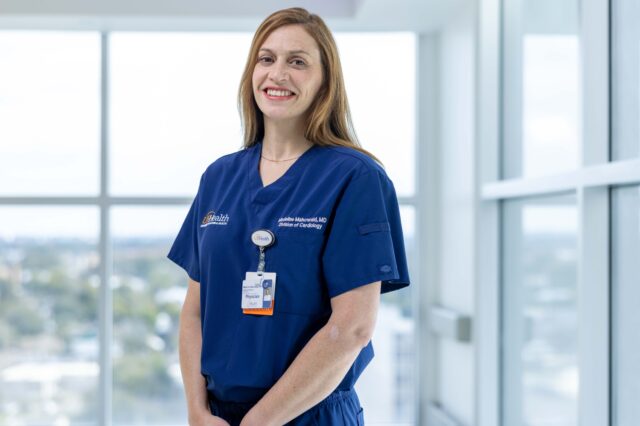
Update your location to show providers, locations, and services closest to you.
The Interventional Cardiology Program at the UF Health Cardiovascular Center in Jacksonville has invested in the most advanced equipment to assist our team in making a diagnosis and determining the best possible treatment plan as quickly as possible for blockages in the main arteries of the heart, called coronary artery disease. Our highly trained physicians, nurses and technical teams provide compassionate cardiac care in a state-of-the-art environment.
UF Health interventional cardiologists offer patients a number of diagnostic and treatment options for coronary artery blockages. After diagnostic procedures have been completed, the best treatment plan is selected to treat the blockages in the arteries of the heart. Often blockages can be treated with less-invasive techniques, such as stents. However, based on the severity and location of the blockages, patients may require coronary artery bypass surgery.
Other diagnostic procedures may be necessary in conjunction with diagnostic angiography to help further determine the severity and importance of the blockages in the arteries of the heart. These diagnostic procedures include advanced imaging modalities such as coronary intravascular ultrasound, or IVUS, and optical coherence tomography, or OCT, as well physiologic assessments such as fractional flow reserved, or FFR.
Other treatment modalities available to assist with opening the arteries of the heart include atherectomy for patients who have very calcified blockages which are more challenging to open with balloons. The use of laser ablation is also used in some patients who have excessive tissue growth inside the stent. We also have access to technologies useful for removing blood clots from arteries in patients who are having a heart attack.
Our Interventional Cardiology Program offers treatment options for disease conditions other than coronary artery disease, including valvular heart disease and other structural heart disease conditions, hypertrophic cardiomyopathy, and peripheral vascular disease.
Phone number:
(904) 383-1011Address:
10475 Centurion Parkway North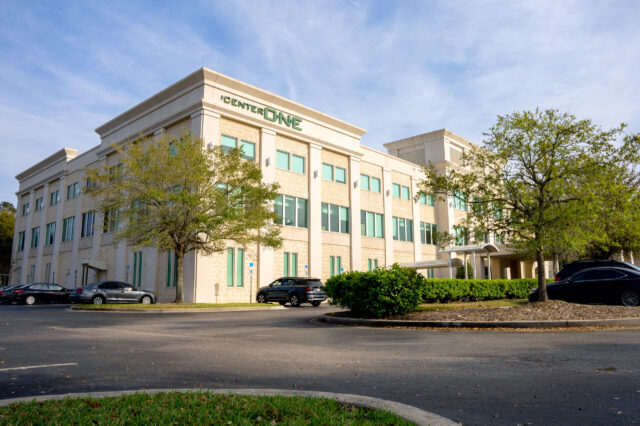
Phone number:
(904) 383-1011Address:
655 West 8th Street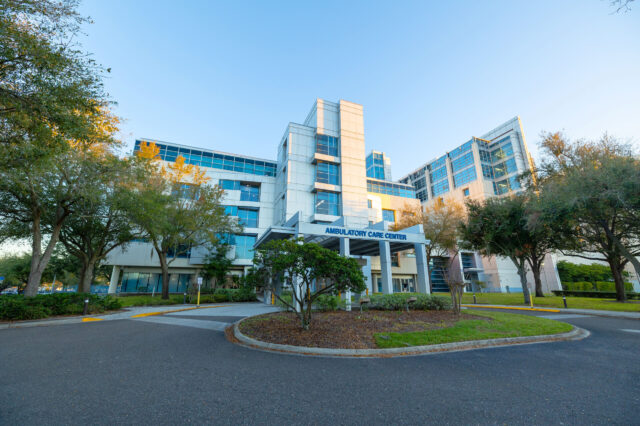
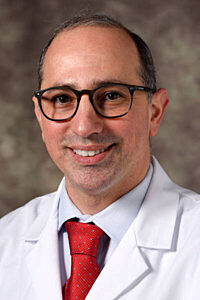
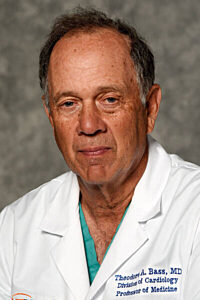

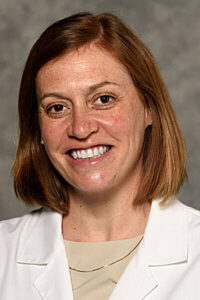
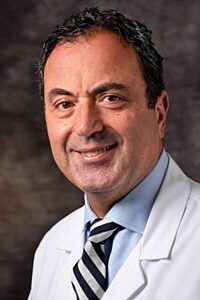
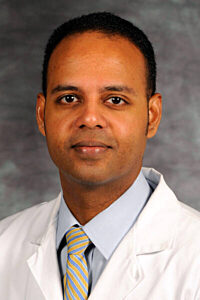
We posed this question to Madeline Mahowald, MD, a University of Florida assistant professor of medicine and a board-certified interventional cardiologist at…

A patient with peripheral artery disease seeks care for a decade before finding a solution at UF Health.
